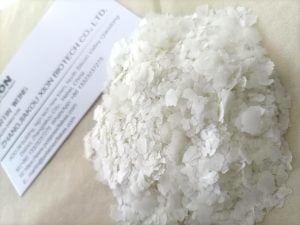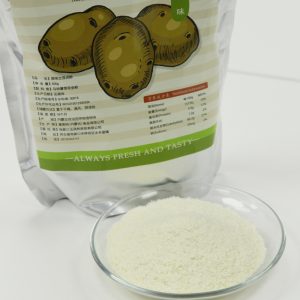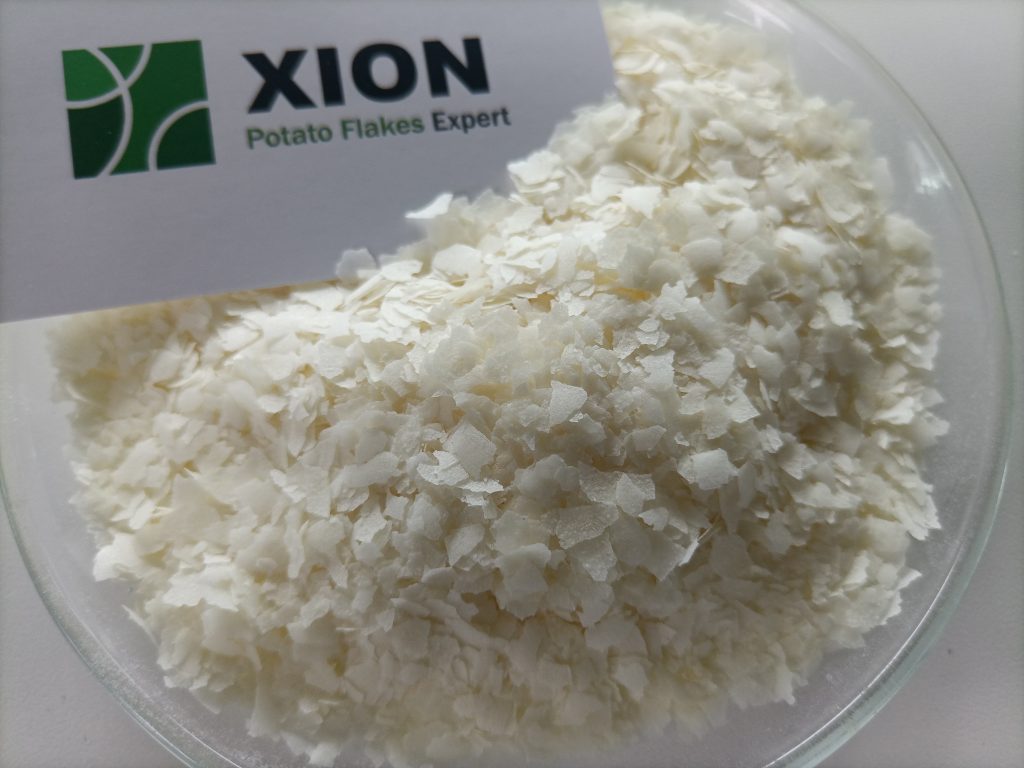Potato flakes might sound unfamiliar to many people, but if you know this product, you must understand that potato flakes are produced by dehydrating fresh potatoes through industrial methods. For home use, you can use potato flakes to make mashed potatoes, and as ingredients in baking bread and pastries. Therefore, knowing how to prepare potato flakes properly is essential before making delicious dishes.

1. The ratio of Hot Water or Milk to Rehydrate Potato Flakes
First, it’s important to understand that the ratio of fresh potatoes to produce potato flakes is 5:1.
This means it takes at least 5 kilograms of fresh potatoes to produce 1 kilogram of potato flakes.
Considering production losses, the actual amount of fresh potatoes used is even higher.
Therefore, if you need to use potato flakes to make mashed potatoes, the ideal ratio is 1:5.
For example, 1 part potato flakes to 5 parts hot water or milk. For example, to make 300 grams of mashed potatoes, you need 50 grams of potato flakes and 250 grams of hot water.
2. Best Temperature for Water or Milk to Prepare Mashed Potatoes
Generally, we do not recommend using boiling water or milk to rehydrate potato flakes, as excessively hot water or milk can ruin the texture of the potato flakes.
Based on extensive experiments and taste tests we have done, we recommend using hot water or milk at around 80 degrees Celsius.
This temperature provides the best texture for mashed potatoes.
Feel free to experiment at home if you are interested.
3. Why Let Potato Flakes Sit Instead of Stirring
In the instructions for making mashed potatoes with potato flakes, we suggest letting the mixture sit for 30 seconds after adding hot water to allow the flakes to absorb water fully.
Why not stir immediately?
The benefit of this method is to prevent the release of free starch from the potato flakes, which can affect the texture and consistency of the mashed potatoes.
Although potato flakes are a convenient food for quick preparation, we still recommend waiting for the 30-second resting period to achieve the best results.

4. Adding Potato Flakes to Baked Goods
We have used potato flakes in various baked goods and everyday staples and found that when making baked goods, the proportion of potato flakes should not exceed 30%.
For main dishes like noodles, the proportion should not exceed 20%.
Otherwise, the product’s texture may change due to the microstructure of potato flakes not being robust enough.
There is research on this topic you can search deeper:
Zhou, L., Li, J., Zhang, X., & Wang, Y. (2017). Study on the application of potato flakes in baking products and staple foods. Journal of Agricultural Engineering, 19, 59-67. https://doi.org/10.13386/j.issn1002-0306.2017.19.059
5. Carb Content in Prepared Mashed Potato Flakes
According to our product’s Certificate of Analysis (COA), potato flakes contain 81.3g of carbohydrates per 100g, with a Nutrient Reference Value (NRV) index of 27%. It means having 100g mashed potato can provide you nearly one-third Carb you need a day.
This information can help you decide how much mashed potato is made from potato flakes to consume.
At the End
You may not know there are such details for preparing potato flakes, but for us, we have done many tests in order to find the best instructions for using it. I hope it is helpful for you to make great dishes of potato flakes.
